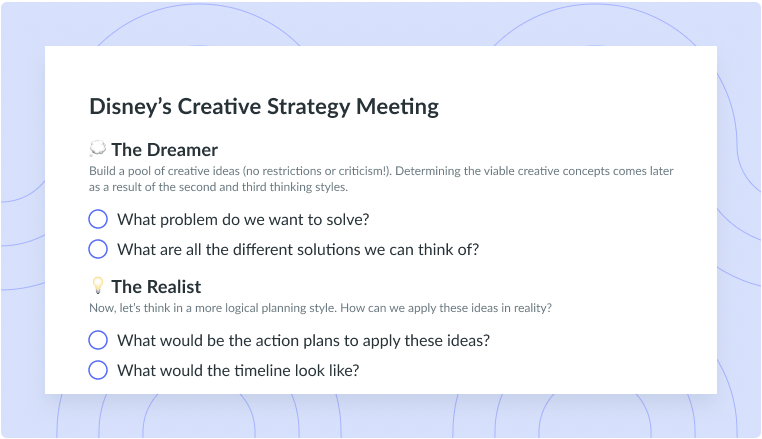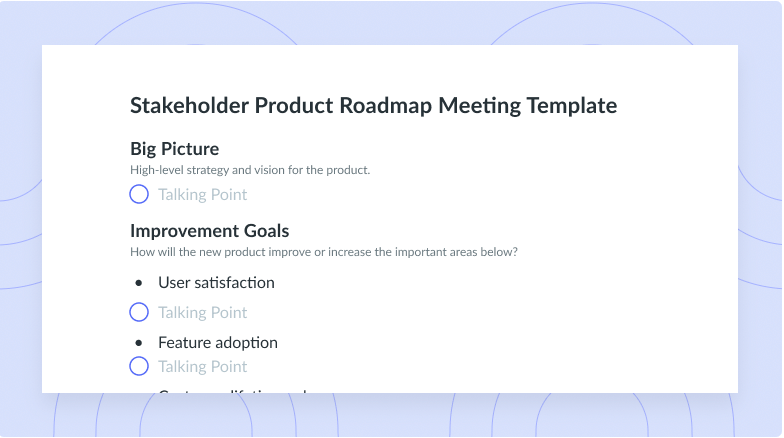Bottom-Up Vs Top-Down Management: Which One Is Best?
Bottom-up vs top-down management: Which is more beneficial to the business? Read on to learn more about these management styles!
Each approach to management is created through unique perspectives, company goals, and your overall style of management. The strategy that you apply to your decision-making process depends on many different factors, and each approach to management has its advantages and disadvantages. The management team of an organization often weighs their option of a bottom-up vs top-down management approach.
Because determining your approach to management is vital to your company’s success, this article will outline the top-down management approach, the bottom-up management approach, some pros and cons of each, and how to determine if the top-down or bottom-up approach is best for you.
- What is top-down management?
- What is bottom-up management?
- Pros of top-down management
- Cons of top-down management
- Pros of bottom-up management
- Cons of bottom-up management
- Which approach is best for you?
What is top-down management?
The top-down management approach means that the company is organized in a somewhat hierarchical way, where decisions are made by the leadership team and where the management team creates and establishes the company’s organizational strategy. In a recent article by Forbes, they further explain important aspects of top-down management and in which instances this approach is the most effective:
“Traditionally, leadership theory dictates that strategy comes from the top. In certain organizational cultures, this can be effective – particularly when controls are needed to ensure quality or safety. As we slid into this pandemic, top-down strategies were essential. People at all levels needed to know that their employers were going to keep them safe – and what precautions employees would be expected to take. Information had to be communicated quickly and widely to ensure everyone was coordinated. This is when top-down works best.”
What is bottom-up management?
The bottom-up management approach is a more inclusive and collaborative approach to strategic management. It asks that employees be more autonomous, take initiative and share their ideas openly with their team members. Essentially, the bottom-up management model relies on both trust and empowerment. In the same informative article by Forbes, they further explain:
“[This] approach is more democratic in nature, allowing the strategy to be developed from the bottom-up. It may sound like creating a kingdom without a king, but it isn’t. It does, however, change the role of leaders. Instead of dictating the strategy, leaders empower individuals to maximize the value they create for the firm. Leaders become coaches who question and challenge ideas and opportunities to see if there are holes in the logic or the approach. You find this approach sometimes at tech companies where employees are allowed to create new products and test them online to see if they increase usership or “stickiness.”
Pros of top-down management
There are certain advantages to managing with a top-down approach. First, most employees who work in corporate jobs are familiar with this approach to management and expect their leaders to direct, strategize and plan for the organization. In addition, with a top-down model, it is more likely to create alignment across goals, projects, and tasks. This management style supports setting clear goals and expectations for the rest of the organization. Lastly, top-down management can be beneficial in that it tends to free up time for employees to focus on their own work. This can end up in being more productive for the organization when employees don’t need to commit to responsibilities outside of their job scope.

Pro tip
Use a meeting management tool like Fellow to create alignment with employees by having a collaborative agenda to communicate with.
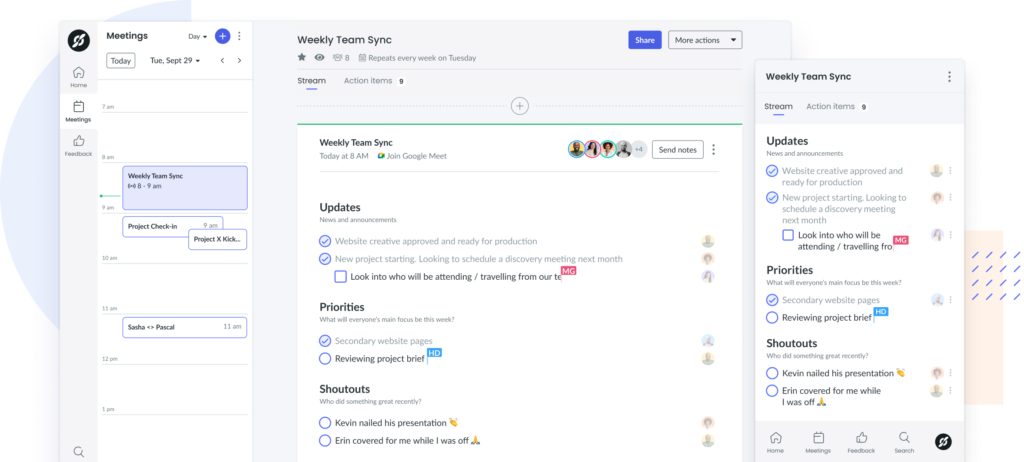
Cons of top-down management
Some disadvantages of top-down management are that employees may feel disconnected from the company’s mission and values, seeing as they are not involved in establishing them. In an article by Forbes, they further explain why this can be disadvantageous:
“In top-down environments, employees have a mission and vision to focus on. But oftentimes they struggle to see how their current work fits with those goals. In most organizations, if you stopped a random employee and asked to hear the company’s strategy, you’d get a blank stare. Most of your employees don’t know what drives your profitability or how you work to differentiate your offering in the market and keep it that way. They know how to do the job they have been asked to do. In the trenches, that can feel less like strategy and more like process. If the people doing the work don’t know what they are working toward, how effective can your strategy be?”
What’s more, is that there is always a chance that ineffective leadership leads to poor decision making and therefore to unhappy and unsatisfied employees. Lastly, this style of management may not encourage as much creativity or diversity of thought, which is extremely valuable to any business.
Pros of bottom-up management
There are certainly a few benefits to the bottom-up management model as well. Because this management style is built on open and inclusive communications, it allows employees to be more aligned with the company culture, mission, and values. This assignment eliminates confusion and stagnation amongst team members, as everyone has a clear idea as to what they are working towards. This leads to better employee engagement, not only from employees but from middle managers and directors as well. Moreover, with the bottom-up approach, employees can set goals that are aligned with their strengths, which becomes beneficial for the business and the way in which it operates. Lastly, employees may have valuable insights into the day-to-day processes that leaders don’t have visibility into that can be really beneficial.
Cons of bottom-up management
While there are many benefits to leading with a bottom-up management model, it definitely comes with some shortfalls. Sometimes, employees genuinely don’t want to be involved in high-level decisions. In the Forbes article, they further elaborate on this:
“Employees who prefer not to think about how they work or the opportunities they can create for themselves often struggle with empowerment. They may lack direction and focus. They may not be achievement-oriented, making it harder for them to get motivated intrinsically.”
Too much input can actually slow progress and create disorganization. Not to mention that some employees may feel uncomfortable sharing feedback or ideas with managers and leaders, especially if it’s something that they’re not used to. Lastly, since employees don’t have access to high-level insights, they might not be able to identify and set goals aligned with the business’s mission and long-term vision, which becomes strategically ineffective.
Which approach is best for you?
There are many things to consider when you feel it’s time that you select and implement a specific management approach. It’s important that you look at the way that your organization is structured. Things that are important to consider are: How many employees exist within the company? How many employees report to each manager? To each director? Do different streams of the business interact and collaborate? Is project management central to the work you execute?
Next, it’s important to consider your company culture and the way in which employees interact at work. For example, it may be very difficult to use a bottom-up approach if most employees work individually and don’t communicate with other team members very often. You also need to think about the business needs, the business goals, and the business strategy to understand if it is going to support the management style you’re thinking of implementing. Even more important is goal setting and recognizing the kind of direction you’d like the business to go in the future. While choosing an approach is a great step, the way in which you execute it is how you will stand out as a true leader.
Parting advice
Top-down and bottom-up approaches are two classic management styles, which when executed effectively can be very efficient. In an article by Forbes, they articulate the importance of establishing a strategic approach and management style that works best for you:
“Strategies are more than plans; they impact our culture, and the approaches we take to manage and lead. Yet all too often, the approach leaders use is whichever is comfortable for them – which doesn’t match the strategy with the needs of the business unit or, more broadly, the organization. Having the ability to match a strategic approach with business challenges is what makes a leader adaptive.”
Implementing a top-down vs a bottom-up approach truly depends on the structure of the business, the nature of the business and on the culture of your company. It’s important to pay special attention to your team dynamic before coming to a decision. The truth is, neither approach is better for the other; one is simply better-suited for you and your team. Chances are, after reading this article, you know exactly which one is right for you!







![Management by Objectives (MBO) Strategy: 5 Steps [+Example]](https://fellow.app/wp-content/uploads/2023/06/Management-by-objectives-MBO2.jpg)
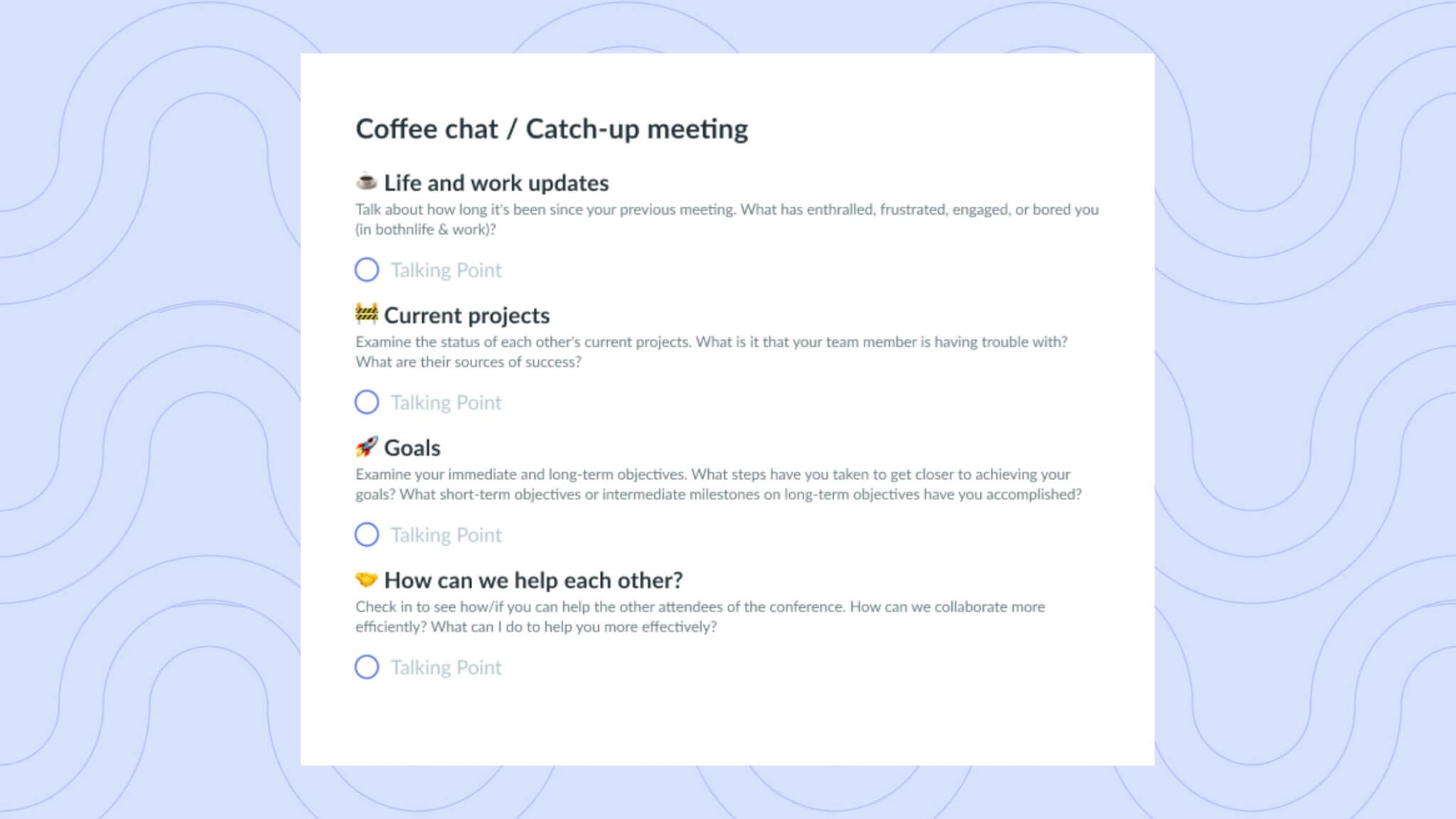
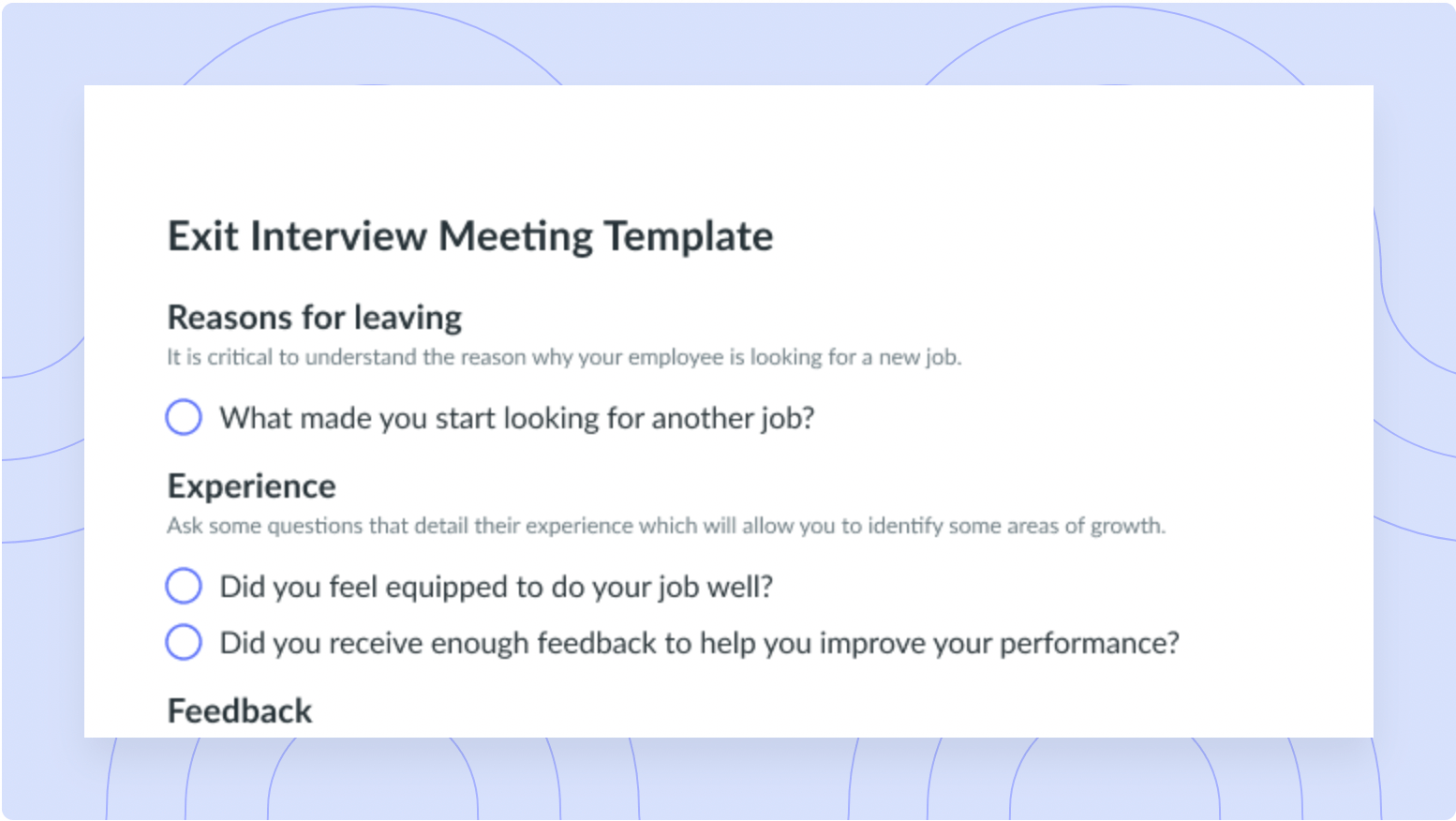

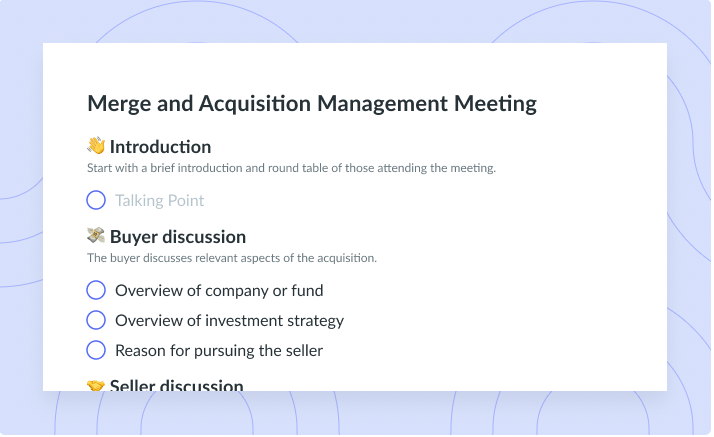
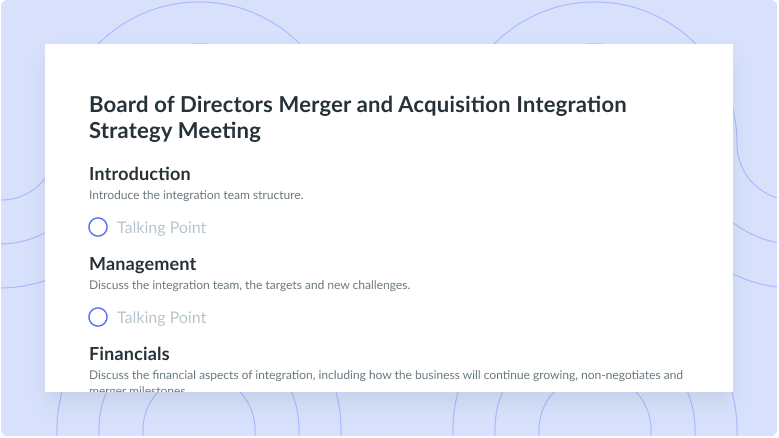

![Crisis Management Round Table [Daily Check-In] Template](https://fellow.app/wp-content/uploads/2021/09/Crisis-Management-Round-Table-Daily-Check-In-preview.png)
